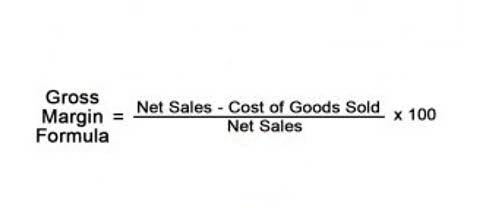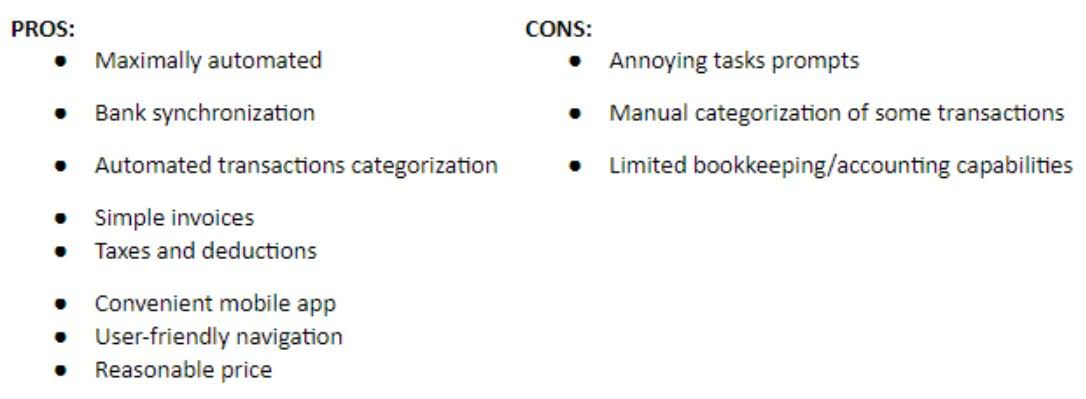
However, they do affect the basic accounting equation, as they reduce the owner’s equity in the business. The principle of double-entry bookkeeping is a fundamental concept in accounting. It states that every financial transaction has two equal and opposite effects on the accounting equation.
Liabilities

The balance sheet is also referred to as the Statement of Financial Position. The accounting equation shows that ASI’s liabilities increased by $120 and the expense caused stockholders’ equity to decrease by $120. The totals now indicate that Accounting Software, Inc. has assets of $16,300. The creditors provided $7,000 and the stockholders provided $9,300.
- CFI is the global institution behind the financial modeling and valuation analyst FMVA® Designation.
- $10,000 of cash (asset) will be received from the bank but the business must also record an equal amount representing the fact that the loan (liability) will eventually need to be repaid.
- By recording every transaction in at least two accounts, it is possible to detect errors and fraud.
- Advertising Expense is the income statement account which reports the dollar amount of ads run during the period shown in the income statement.
- At some point, the amount in the revenue accounts will be transferred to the owner’s capital account.
- Similarly, the amount not yet allocated is not an indication of its current market value.
Accounting Equation for a Corporation: Transactions C5–C6
- However, most accounting references to assets relate to business (not personal) assets.
- The cost of this sale will be the cost of the 10 units of inventory sold which is $250 (10 units x $25).
- Cash (asset) will reduce by $10 due to Anushka using the cash belonging to the business to pay for her own personal expense.
- We will now consider an example with various transactions within a business to see how each has a dual aspect and to demonstrate the cumulative effect on the accounting equation.
- At some point, the amount in the revenue accounts will be transferred to the retained earnings account.
- The accounting equation also shows that the corporation has assets of $9,900 and the only claim against the assets is the stockholders’ claim.
It is important to keep the accounting equation in mind when performing journal entries. In above example, we have observed the impact of twelve different transactions on accounting equation. The double-entry practice ensures that adjusting entries the accounting equation always remains balanced.
Tangible and Intangible Assets
The accounting equation is actually VERY simple but not always explained in a way that feels pertinent to real life. You can think of them as resources that a business controls due to past transactions or events. If the revenues earned are a main activity of the business, they are considered to be operating revenues. If the revenues come from a secondary activity, they are considered to be nonoperating revenues. For example, interest earned by a manufacturer on its investments is a nonoperating revenue. Interest earned by a bank is considered to be part of operating revenues.
Accounting Software

Net Assets is the term used to describe Assets minus Liabilities. It represents the total profits that have been saved and put aside or “retained” for future use. Accounts receivable lists the amounts of money owed to explain the accounting equation and what makes up each part. the company by its customers for the sale of its products. These may include Treasury bills and certificates of deposit (CDs).

Corporation Transaction C8.

Utilizing too much debt weakens a business, but some debt can help a business overcome cash flow problems or get money to grow the business without giving away equity shares. If a business consistently loses assets, bankruptcy or closure is likely coming. Below is a break down of subject weightings in the FMVA® financial analyst program. As you can see there is a heavy focus on financial modeling, finance, Excel, business valuation, budgeting/forecasting, PowerPoint presentations, accounting and business strategy. Debits and Credits are the words used to reflect this double-sided nature of financial transactions. If we rearrange the Accounting Equation, Equity is equal to Assets minus Liabilities.
What happens to the accounting equation when the business owner pays themselves?
- As a result, there is no income statement effect from this or earlier transactions.
- It is also used to refer to several periods of net losses caused by expenses exceeding revenues.
- Otherwise, errors can occur that can affect the basic accounting equation and the financial statements that are produced.
- When a company buys an asset, for example, the asset account on the balance sheet increases, while the cash account decreases.
- For the past 52 years, Harold Averkamp (CPA, MBA) has worked as an accounting supervisor, manager, consultant, university instructor, and innovator in teaching accounting online.
- The total dollar amounts of two sides of accounting equation are always equal because they represent two different views of the same thing.
Although revenues cause stockholders’ equity to increase, the revenue transaction is not recorded directly into a stockholders’ equity account. Rather, the amount earned is recorded in the revenue account Service Revenues. At some point, the amount in the revenue accounts will be transferred to the Insurance Accounting retained earnings account.
Corporation Transaction C2.
Holders of common stock elect the corporation’s directors and share in the distribution of profits of the company via dividends. If the corporation were to liquidate, the secured lenders would be paid first, followed by unsecured lenders, preferred stockholders (if any), and lastly the common stockholders. You should consider our materials to be an introduction to selected accounting and bookkeeping topics (with complexities likely omitted). We focus on financial statement reporting and do not discuss how that differs from income tax reporting. Therefore, you should always consult with accounting and tax professionals for assistance with your specific circumstances. It is easy to see that an additional investment by the owner will directly increase the owner’s equity.

